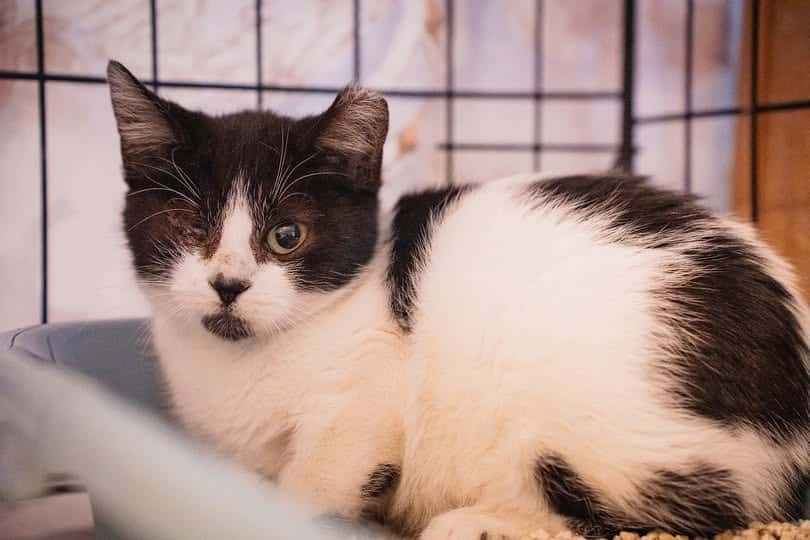If the animal is injured, approach it with extra caution as frightened animals may bite or run away
As volunteers, we often get asked by friends and family what to do when someone encounters an animal that could be in need of help. These points should help those who wish to help but are unsure what course of action to take.
Guidelines for those who find an animal on the street
Finding an animal on the street doesn’t necessarily mean it has been abandoned; it could simply be lost. It’s also possible the animal is just wandering alone.
In Portugal, it’s still common for some owners to let their pets roam the streets unsupervised, which can make it challenging to determine if an animal is truly lost or just out for a stroll.
To assess whether an animal is lost, look for signs: does it have a collar, harness, or leash? Does it appear to have received recent veterinary care, such as a bandage or a cone? Is it clean, well-groomed, and well-fed? Does it seem disoriented or frightened? Is it friendly and sociable? However, remember that a lost animal might become dirty or malnourished after spending days on the streets.
Cats may belong to a colony
When it comes to cats, keep in mind that they might belong to a local colony. Stray cats in managed colonies are usually sterilized and have the tip of their left ear clipped for identification.
If you find an animal, here’s what to do:
- Ask local residents and shopkeepers if they recognize the animal.
- Approach the animal cautiously.
- Provide food and water if it appears hungry or thirsty.
- Check for a collar or other identification.
- If there is no visible ID, take the animal to a veterinary clinic to check for a microchip. Use a leash for a dog or a carrier for a cat.
- If the animal has a microchip, the vet will attempt to contact the owner.
- If the animal doesn’t have a microchip, it doesn’t necessarily mean it’s homeless. Although microchipping is mandatory in Portugal, some owners still neglect to do it. In this case, contact the local animal shelter.
- If the shelter is overcrowded, consider contacting a local animal association or temporarily housing the animal while searching for its owner.
- Share photos and details about the animal in local lost-and-found pet groups, and print posters to distribute in high-traffic areas, such as on garbage bins, where everyone – including older people who might not use the internet – can see them.
If the animal is injured, approach it with extra caution as frightened animals may bite or run away. If you’re unable to safely handle the situation, contact the police or the local municipal kennels (canil municipal) for assistance, as these are the first places people typically check when looking for a lost animal.
If the animal is deceased, call the police or the local municipal kennels (canil municipal) so they can collect the body and check for a microchip to notify the owner.
By following these steps, you can play a crucial role in reuniting lost animals with their owners or ensuring their safety.
By Jonathan Mills, on behalf of Cadela Carlota

























